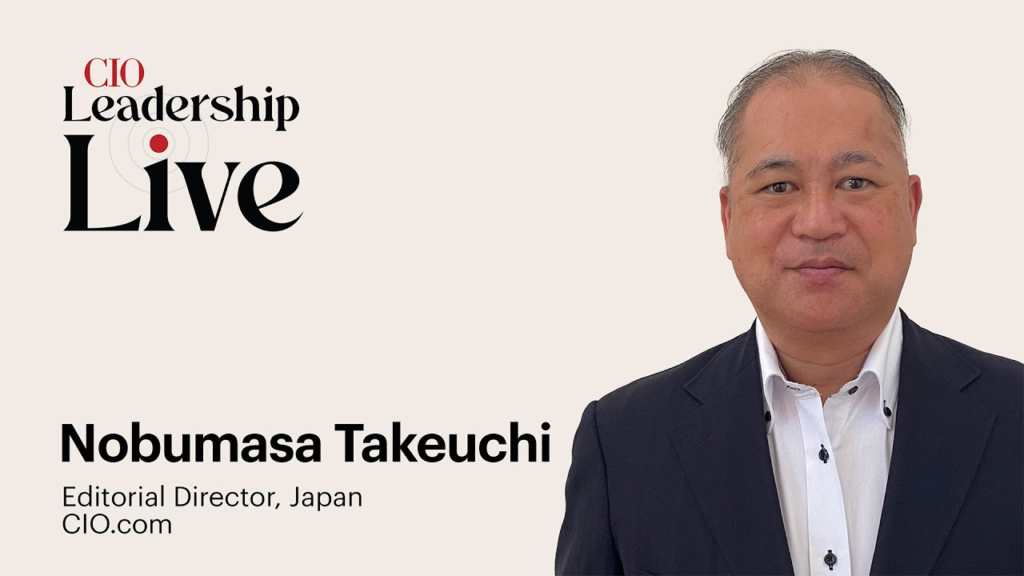Oh, they are now tackling on that issues because, one, because she is, like a CIO doesn’t even know the, you know, detailed technology, and then, you know, generative AI. That’s why.
A CIO is trying to translate the kind of, you know, terminology and even the use stage of, you know, AI somehow, and then to let them learn, you know, what it is.
Then after that, cio finally could understand the land you know, how utilize generative AI to all, you know, the organizations. So now it’s a real, you know, stage to just start, yeah, and again, what about that?
Balancing the innovation, you know, again, it’s always one of the challenges that CIOs face is sort of balancing innovation with sort of maintaining the traditional systems and when to actually move. So how are they addressing that? Oh, I say that it will be.
Takes a time because, you know the Japanese, you know management, you know, fond of, you know, the following, the legacy systems, even at this time, even though they understand the, you know, like a crowd business is very, you know, passionate, but again, now it’s not the stage, it’s now the learning stage, And then CIO.
Better to let the CIO now the, you know, housing like a crowd business would be more, you know, important to protect, you know, their IT assets and the data. So we’ve got to continue the conversation around data and AI integration. Christopher Holmes






